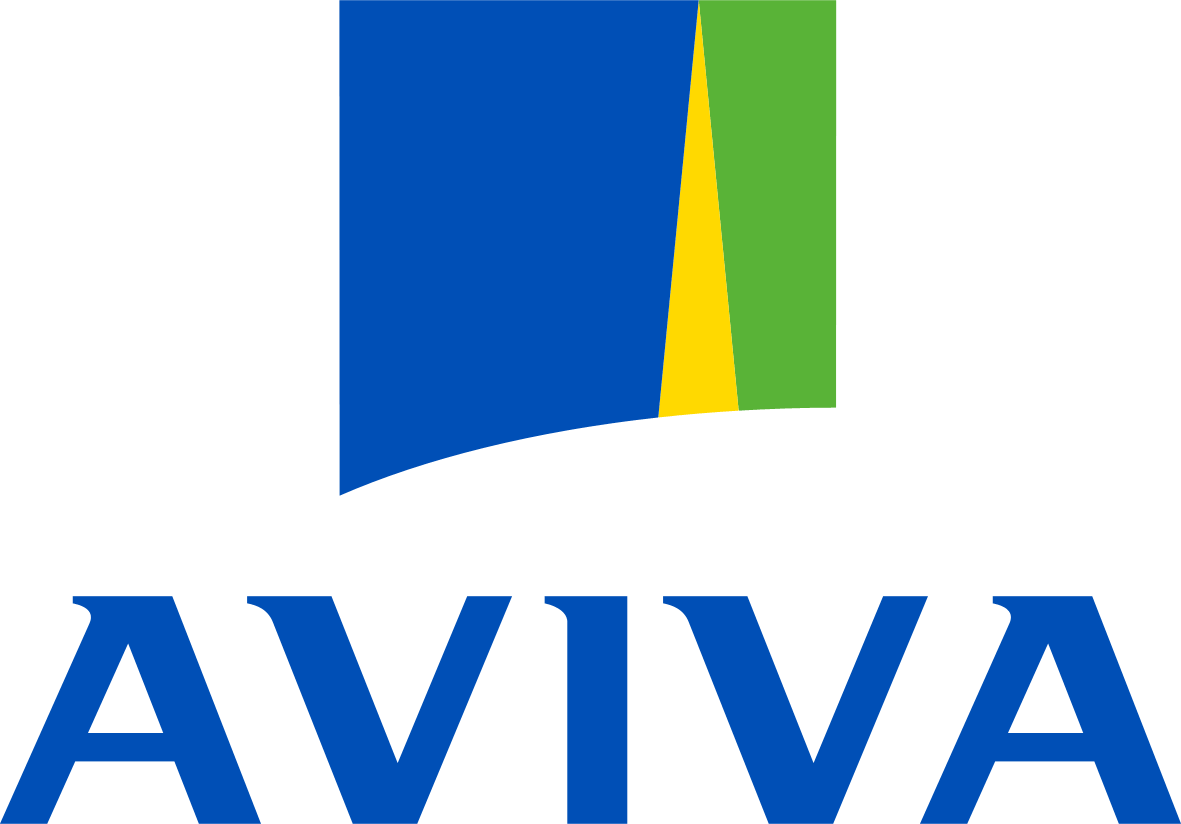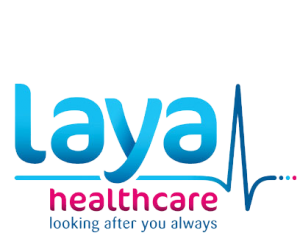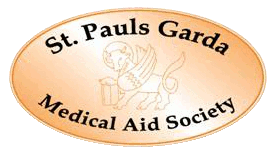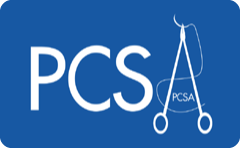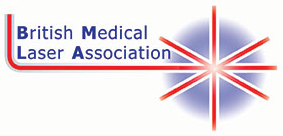 Download this information as a PDF
Download this information as a PDF
BUGS AND BITES
Head Lice (Pediculosis Cipitis):
Children are often brought to the surgery complaining of itchy scalps. Parents will usually have already thought of Head Lice and applied a number of over the counter preparations, without success. The first thing the Doctor has to do is confirm the diagnosis of Head Lice, as there are many other causes of itchy scalps, including Eczema, Psoriasis and Seborrhoeic Dermatitis. Sometimes these conditions can be aggravated by various Head Lice preparations.
The most obvious sign of past or present Head Lice is “nits”. These are the empty shells left cemented to the hair shaft when the louse has hatched out. However, the present of “nits” does not confirm active infestation, since the “nits” can remain for weeks after successful eradication of the Lice. The only way to confirm active infestation is to find living moving louse on the scalp. The louse is very small (approximately 2mm) but it is visible to the naked eye, being about the size of the head of a pin or a sesame seed. They are usually yellowish brown in colour and can be difficult to spot, particularly when there is long hair. Any attempts to reveal them will be frustrated by their habit of scurrying into the dark masses of the surrounding hair when light shines on them. A good light and patience is required to find one as there is usually only six to twelve lice on a scalp. The Doctor should instruct the parent how to comb with a fine-toothed detection comb so that everybody in the house can be checked. The hair should be wet and conditioned applied so as to make the hair slippery and more difficult for the louse to hang on. A white towel should be placed over the shoulders and the hair combed from the roots out. In people with long hair, it is only necessary to comb out about two to four inches from the scalp as the louse lives close to the scalp, requiring body heat of approximately 31degrees C. for survival. They will die within 24 hours if removed from the scalp.
Since only one in five people with Head Lice will have an itchy scalp, (as a result of allergic reaction to the louse saliva or faeces), everyone in the house needs to be checked whether scratching or not.
Head Lice do not fly, jump or swim. They can only be passed on by close head-to-head contact, which forms a “heat bridge”. Hats are an unlikely source of infection since the louse will not survive for long in temperatures below 31 degrees centigrade.
Despite popular misconceptions, Head Lice is not usually contacted at school, since head to head contact is unusual in the classroom setting (see Table 1). Children with Head Lice do not have to be kept away from school during treatment. Sending out “alert letters” is unhelpful and might cause an “outbreak” of imaginary Head Lice.
Cutting hair tight in boys might help detection but short hair probably facilitates transmission to others by making it easier for the Lice to move on the scalp. Shaving the scalp is an “organic” alternative treatment for boys who are happy with the Roy Keane look.
Secondary bacterial infections sometimes occur in a scalp, which causes pain instead of itch and a weepy rash on the scalp. The posterior cervical glands are usually swollen also. This needs to be treated with an oral antibiotic and a detailed search should be carried out for any living louse.
The choice of treatment nowadays lies between 1% Permethrin, (Lyclear cream rinse), a Pyrethroid obtained from the flowers of chrysanthemum flower or 0.5% Malathion (Quellada M, Derbac M), which is an organophosphate insecticide. (see Table 2)
Most “resistant” cases of Head Lice are probably due to misdiagnosis, mistaking the “nits” as active infection or re – infection from a close household contact or friend. Occasionally, genuine resistance to the pediculocide can occur and then a different product should be tried. Fine combing the entire scalp for 30 minutes once every four days for two weeks, treating mechanically (rather than chemically) increase the chance of success in resistant cases.
Table 1:- “Myths” surrounding Head Lice and Scabies:
- They are due to poor personal hygiene.
- You get them from school.
- They are very contagious.
- They are very difficult to clear.
- If you are not itching, you cannot be infected.
- Only children get Scabies/Head Lice.
- You get them from animals.
Table 2 - Patients’ instructions on the Treatment of Head Lice:
Confirm the diagnosis by fine combing wet hair, with conditioner until you find a living, moving louse.
- Check all household contacts and all best friends for living, moving louse.
- Anybody with a living, moving louse should be treated with a Head Lice lotion, cream or foam, (not a shampoo).
- Read the manufacturers instructions as to how long the lotion, cream or foam should be left on, before washing out. (Lyclear cream rinse = 10 minutes; Derbac M = 12 hours)
- You will need about 50mls. of lotion per scalp per adults per application and less for smaller children. (See manufacturers instructions).
- Re-treat after seven days to clear any new Lice that have hatched out from eggs that survived the first treatment.
- Re–check all treated scalps two days after the second treatment, to confirm there are no living, moving lice.
- The itch may take two weeks to subside and the “nits” (empty egg shells) can last a lot longer. Do not retreat unless you find living, moving louse.
- “Nits” can be removed by fine combing or will fall out themselves in time.
- In resistant cases, fine comb for thirty minutes, once every four days, for two weeks, to physically remove all the louses.
Scabies: (Sarcoptes Scabiei)
If a patient presents with a generalised itchy rash, having had no skin problems in the past, particularly if they have a close personal friend or household contact with itch, it is reasonable to assume that they have Scabies. However, if the person is diagnosed as having Scabies then everybody in the house and all their close personal contacts also have to be treated for Scabies, whether they are itching or not. This involves a lot of embarrassment, organisation and expense so you have to be sure of your diagnosis before embarking on a treatment schedule. Personally, I only diagnose Scabies when I find the mite, which burrows under the skin, usually in the hands or feet and I show it to the patient under the microscope. This has the usual desired effect of getting the patient to take it seriously and they will do whatever is necessary to get rid of the infestation.
To find the mite, you need good light and good eyesight. Sometimes, a hand held magnifying glass will help but is not always necessary. Look for the telltale signs of burrows between the finger spaces, the sides of the hands, around the flexure side of the wrists, on the sides of the feet or in the soles of the feet in babies (photo 1). Close inspection will reveal a dark spot on the leading edge of the burrow, which is the mite buried under the skin. Gently lift it out with a No. 15 blade (they are very sticky and usually adhere to the blade). Then transfer it onto the microscope slide and view it under low power.
The Scabies rash is caused by an allergic reaction to the mite, its faeces or its eggs. It causes a generalised mild, very itchy, eczematous excoriated rash, usually seen on the lower abdomen, between the finger web spaces and on the limbs (photo 2). The face is normally spared. Most (90%) of men will have itchy nodules on the penis and most women will have an eczematous rash on the nipples. However, patients will not usually volunteer this information and a lot of them frequently deny involvement in these areas out of embarrassment so it is important to look for yourself. However, if I suspect Scabies, I usually go straight for the hands and feet and search for the mite, which is the only way of making a definitive diagnosis.
The choice of treatment is usually either 1% Permethrin (Lyclear Dermal Cream) or 5% Malathion (Derbac M or Quellada M Lotion) (Table 3). Oral Ivermectin is occasionally used to treat resistant, recurrent or Norwegian (crusted) Scabies, particularly in outbreaks, such as in Nursing Homes, but this has not got a licence for Scabies. Ivermectin is also active against Head Lice but is rarely used for this indication.
Dr David Buckley is a General Practitioner in Tralee with a special interest in Primary Care Dermatology and Allergic Disorder. References on request.
Table 3:- Patients instructions on the treatment of Scabies:
- The person with Scabies and all their household and close personal contacts need to be treated, whether they are itching or not.
- Apply the cream or lotion from their neck downwards, covering every square inch of the body.
- Wash out after twelve hours (eg: overnight) and re – apply the lotion once more for twelve hours, one week later.
- It is not normally necessary to disinfect clothing or bed linen after ordinary Scabies.
- Re–apply the cream or lotion to the hands if you wash them during the twelve hour treatment period.
- Two applications of the lotion or cream are sufficient. The itch should slowly fade away over the following two weeks.
- Small children, under the age of 2, elderly patients and anyone with a weakened immune system should also have their face and scalp treated.
- Adults need 200ml. of lotion or 30 grams of cream for two applications.
- Children 5 – 12 years, will need half this amount.
- Children 1 – 5 years, will need a quarter of the adult amount.
- Children 2 months to 1 year old, will need one eight of the adult amount.




